Description
Foundations of Geometry, Second Edition is written to help enrich the education of all mathematics majors and facilitate a smooth transition into more advanced mathematics courses.
The text also implements the latest national standards and recommendations regarding geometry for the preparation of high school mathematics teachers—and encourages students to make connections between their college courses and classes they will later teach.
This text’s coverage begins with Euclid’s Elements, lays out a system of axioms for geometry, and then moves on to neutral geometry, Euclidian and hyperbolic geometries from an axiomatic point of view, and then non-Euclidean geometry. Good proof-writing skills are emphasized, along with a historical development of geometry. The Second Edition streamlines and reorganizes material in order to reach coverage of neutral geometry as early as possible, adds more exercises throughout, and facilitates use of the open-source software Geogebra.
This text is ideal for an undergraduate course in axiomatic geometry for future high school geometry teachers, or for any student who has not yet encountered upper-level math, such as real analysis or abstract algebra. It assumes calculus and linear algebra as prerequisites.
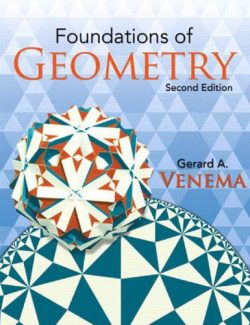
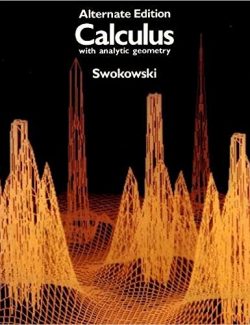
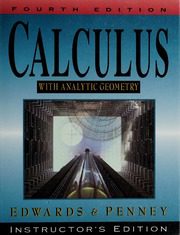
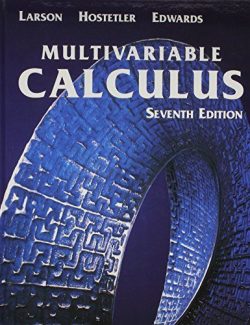
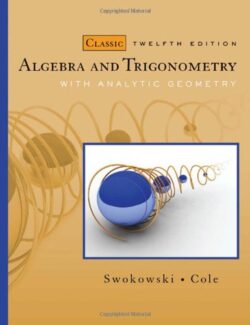
Leave us a comment
No Comments